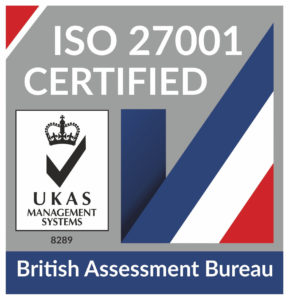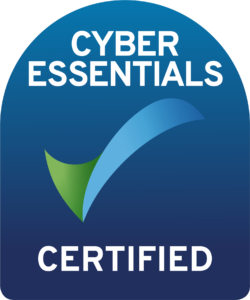
HaloITSM Guides
Documentation to assist with the setup and configuration of the HaloITSM platform
Azure Monitor Integration
In this guide we will cover:
- Connecting to Azure Monitor
- Defaults and Mappings
- Creating the Webhook
Connecting to Azure Monitor
First, you must enable this integration in Configuration > Integrations > Asset Management and Alerting. Hover over the icon and click the plus - it is enabled when the colour is not greyed out.
The first tab is for "Azure Monitor Setup". Here you will see the URL required for the webhook, as well as the option for authentication as of v2.192.1+. If "Secure Webhook" is selected as the "Action Type", additional fields for the tenant and application ID will show to provide that webhook authentication.
Note: The tenant used to authenticate must be a single-tenanted application.
Fig 1. Azure Monitor Setup tab.
Defaults and Mappings
The configuration page contains some basic setup for you to decide what happens to tickets create from an Alert.
Fig 2. Default ticket type/users/status.
You can then choose any field mappings you would like. These will map information from the alert to custom fields in Halo.
Fig 3. Field mappings.
Creating the Webhook
The last thing you will have to do, is use the URL found at the top of the config page as the webhook URL when you configure your Azure Monitor Alert Action.
Fig 4. Adding a webhook.
Note: You must enable the common alert schema otherwise the webhook will not be processed by Halo.
If you would like more information on how to create and configure alerts in Azure Monitor, please see this guide from Microsoft: Overview of Azure Monitor Alerts.
Popular Guides
- Asset Import - CSV/XLS/Spreadsheet Method
- Call Management in Halo
- Creating a New Application for API Connections
- Creating Agents and Editing Agent Details
- Departments and Teams
- Halo Integrator
- Importing Data
- Multiple New Portals with different branding for one customer [Hosted]
- NHServer Deprecation User Guide
- Organisation Basics
- Organising Teams of Agents
- Step-by-Step Configuration Walk Through



